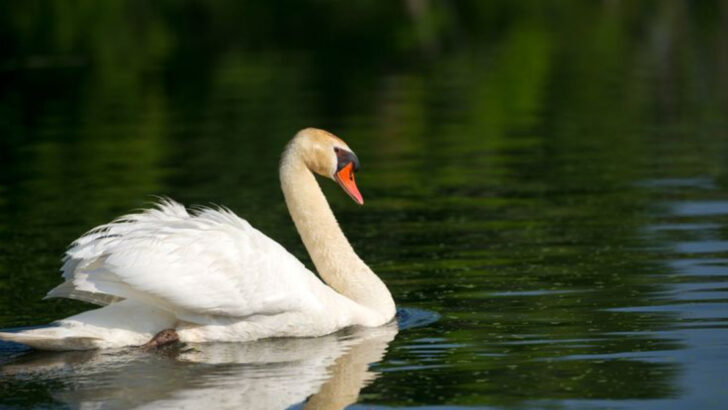In the world of avian wonders, some birds captivate us with their gentle presence and serene nature.
These birds, known for their quiet demeanor, offer a unique glimpse into the tranquil side of nature.
Perfect for birdwatchers seeking a peaceful experience, these silent species invite us to explore the softer melodies of the wild.
From lush forests to tranquil waters, their subtle songs and unobtrusive lifestyles remind us of the beauty in stillness.
Join us on a journey to discover ten of the quietest bird species on Earth, each with its own charm and grace.
Barn Owl
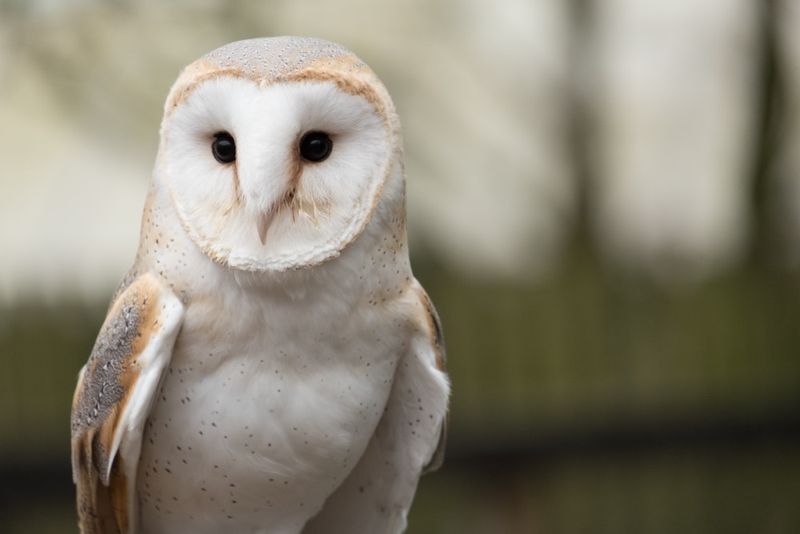
The barn owl, with its ghostly appearance and silent flight, is a master of stealth. Its heart-shaped face and soft, mottled feathers allow it to glide noiselessly through the night sky.
Unlike many birds, the barn owl’s feathers are adapted to minimize sound, making it a superb hunter in the dark. Its eerie, silent approach often surprises its prey.
Did you know? Ancient cultures have revered the barn owl for its mystical presence, often associating it with wisdom and mystery. Its quiet nature makes it a fascinating subject for bird enthusiasts.
Mute Swan
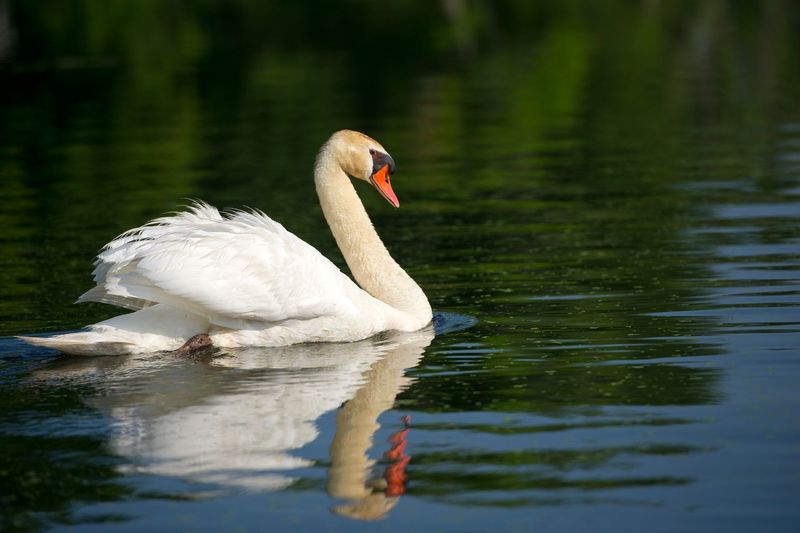
The mute swan, despite its name, is not entirely voiceless but is known for its quiet grace. As it glides across lakes and ponds, its presence is both calming and majestic.
These swans are often seen in pairs, their elegant necks curving gracefully as they navigate the water. Their soft, subtle calls are a gentle reminder of their elegant nature.
Interestingly, the mute swan has been a symbol of beauty and love in folklore, often depicted as the epitome of romance and tranquility.
American Woodcock
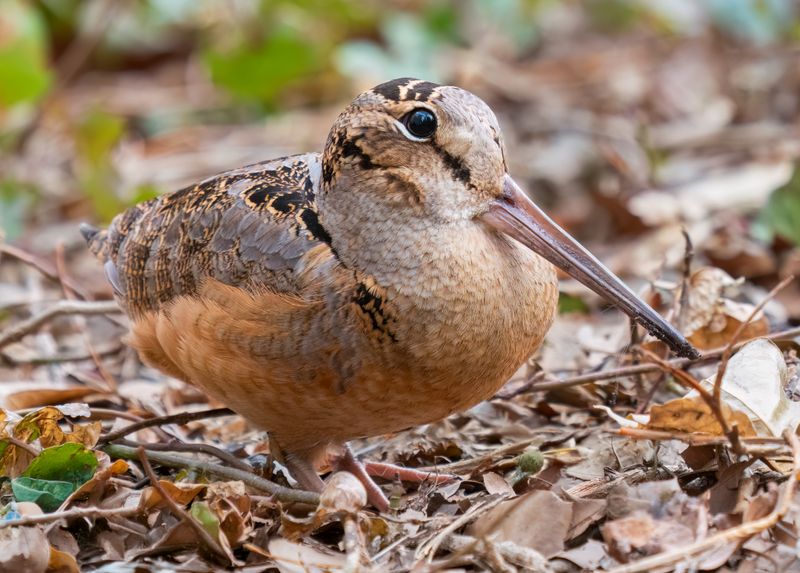
With its unique “peent” sound and sky dance, the American woodcock is a bird of subtle charm. Its earth-toned plumage provides excellent camouflage on the forest floor.
This bird is known for its peculiar courtship display, which is both quiet and captivating, making it a favorite among birdwatchers.
Fun fact: The American woodcock’s eyes are positioned to see both above and behind, giving it excellent vision to spot predators while it remains unobtrusive in the underbrush.
Green Heron
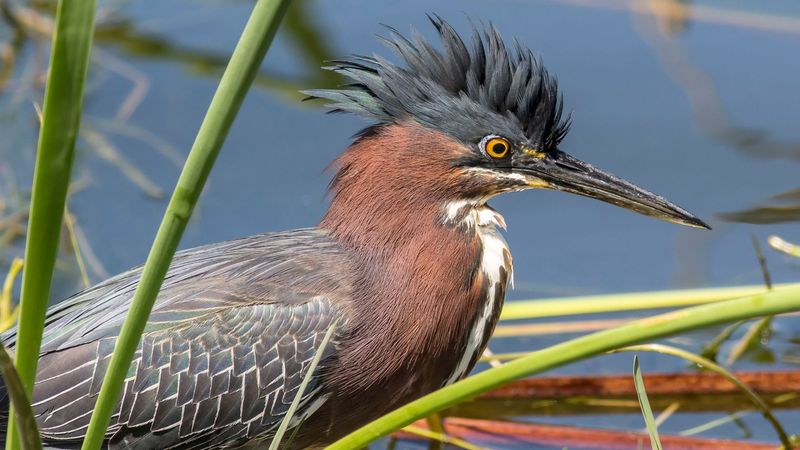
The green heron is a master of patience and stillness. Often seen standing silently by ponds or marshes, it waits motionless for the perfect moment to snatch its prey.
Its vibrant plumage, a mix of greens and chestnuts, offers a stunning yet subtle display in its natural habitat. This bird’s quiet demeanor is a testament to its skilled hunting techniques.
Did you know? The green heron is one of the few bird species known to use tools, dropping bait in water to attract fish.
Common Nighthawk
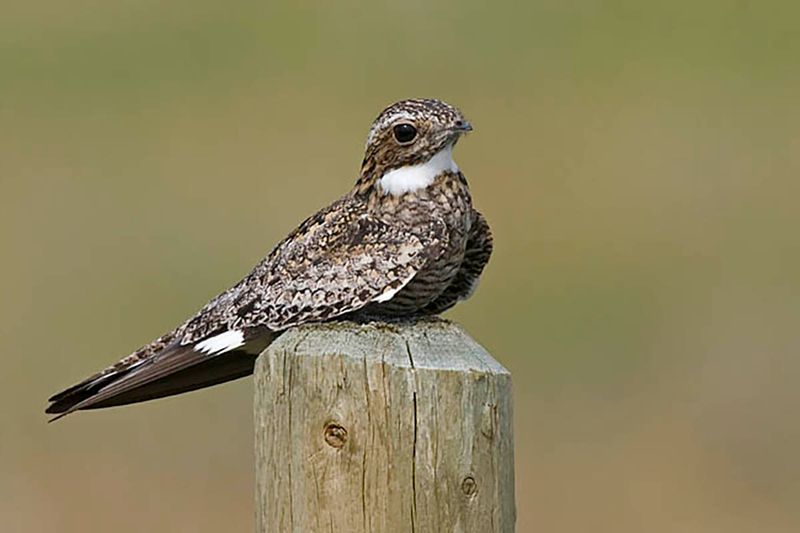
The common nighthawk, with its cryptic coloring and aerial acrobatics, is a fascinating bird often heard before it’s seen. Its call is a soft, nasal peent, merging with the twilight sounds.
This bird is most active at dusk and dawn, its silent flight weaving through the sky in search of insects.
Interestingly, despite its name, the common nighthawk is not related to hawks but is part of the nightjar family, known for their quiet, nocturnal habits.
Northern Saw-whet Owl
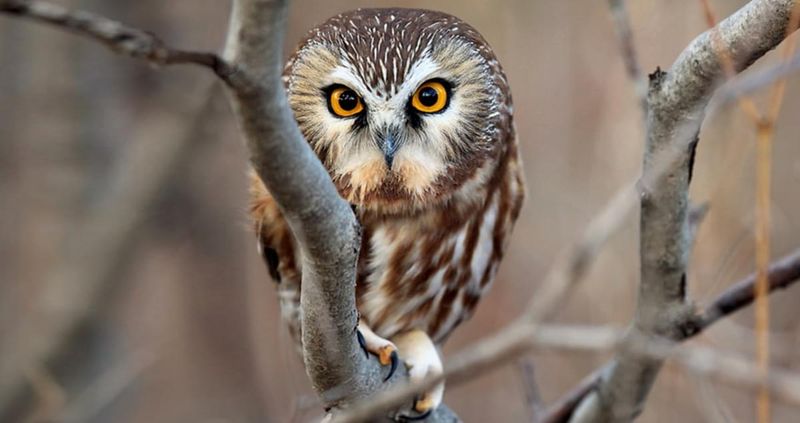
Small yet captivating, the northern saw-whet owl enchants with its large eyes and soft calls that resemble the whetting of a saw.
This tiny owl is often hard to spot, blending into the dense woodland habitats it prefers, its presence more often felt than seen.
A curious fact: The northern saw-whet owl is named for its song, which sounds like a saw being sharpened, adding an air of mystery to its quiet nature.
Spotted Sandpiper
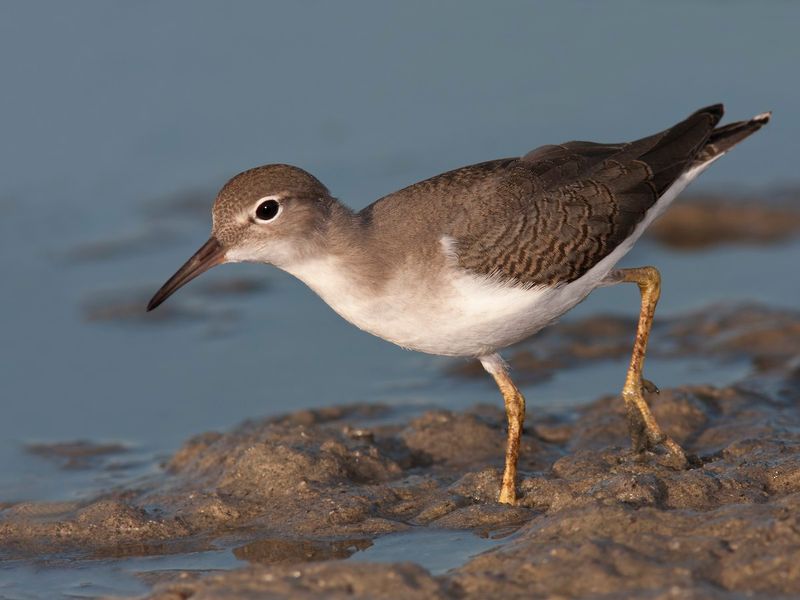
The spotted sandpiper is a bird of subtle charm, often seen along riverbanks, its gentle movements barely disturbing the water’s surface.
Its characteristic teetering motion is both endearing and distinctive, as it searches for insects and small fish.
Did you know? Unlike many birds, the female spotted sandpiper takes the lead in courtship and territory defense, a quiet rebel in the bird world.
Snowy Egret
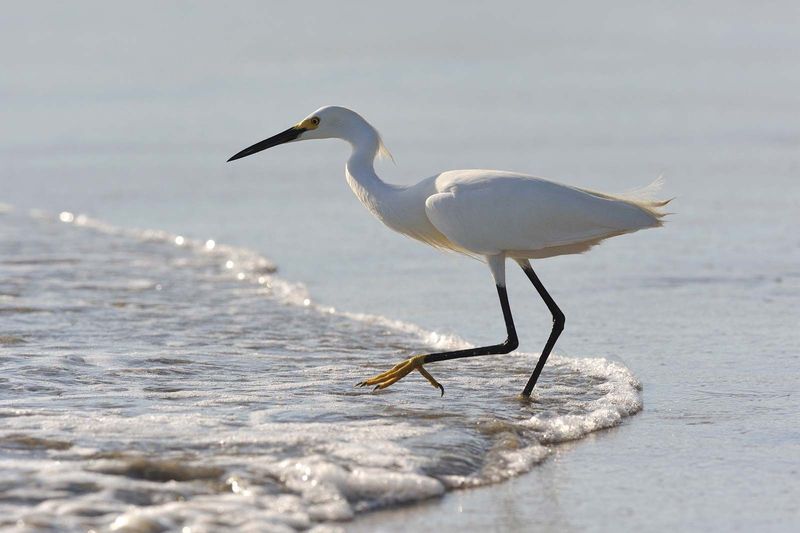
Elegant and poised, the snowy egret moves with a quiet grace through wetlands, its snowy plumage a beautiful contrast to its surroundings.
This bird’s slender black legs and bright yellow feet add a touch of whimsy to its serene appearance as it forages in shallow waters.
Fun fact: The snowy egret was once hunted for its feathers, which were highly prized for fashion, but has since made a remarkable recovery.
Eastern Towhee
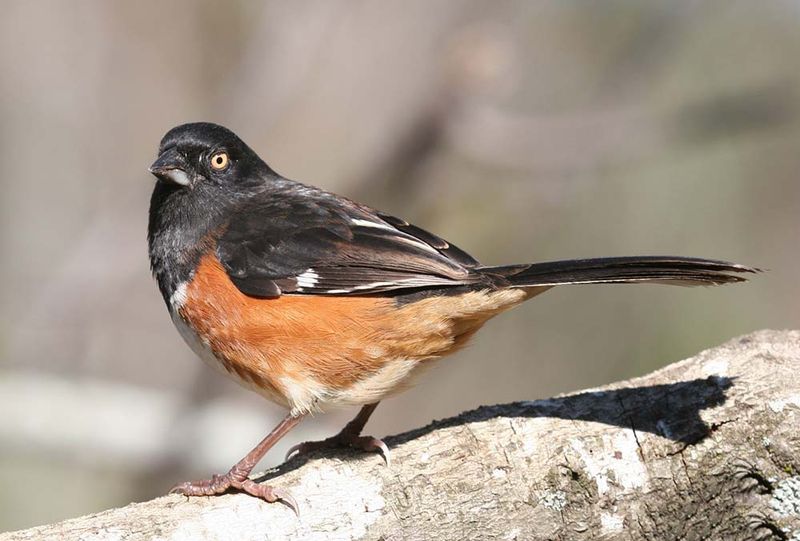
The eastern towhee, with its striking black and orange plumage, is a quiet yet vibrant presence in wooded areas. Its call, a sharp “drink-your-tea,” is both distinct and subtle.
This ground-dwelling bird is often heard rustling through leaves, its soft sounds blending with the forest’s natural symphony.
A quirky note: The eastern towhee is known for its unique habit of kicking leaves aside to uncover food, a quiet forager in the forest floor’s tapestry.
Buff-breasted Sandpiper
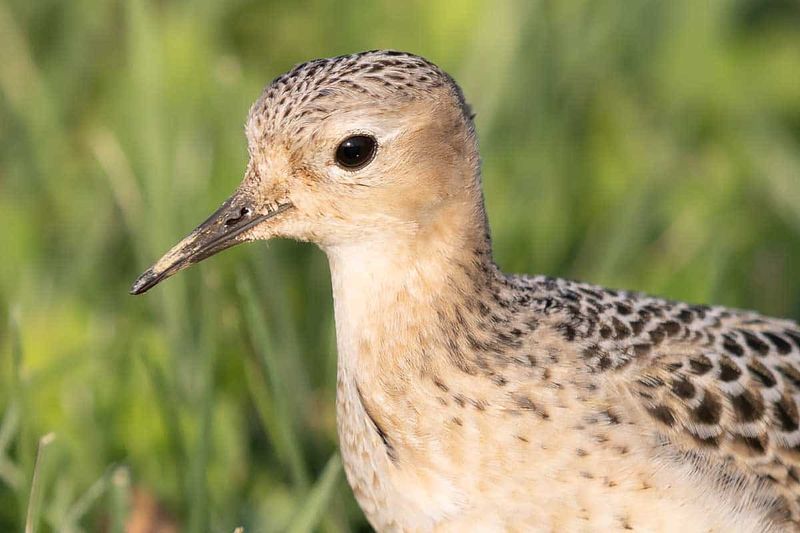
The buff-breasted sandpiper, with its delicate buff and brown plumage, is a bird of understated elegance. Typically found in grassy meadows, this bird’s presence is a reminder of nature’s subtle beauty.
Its gentle demeanor and soft calls create a serene atmosphere, inviting a moment of reflection in its peaceful habitat.
Did you know? The buff-breasted sandpiper undertakes a long migration from the Arctic to South America, yet retains its quiet elegance throughout its journey.

